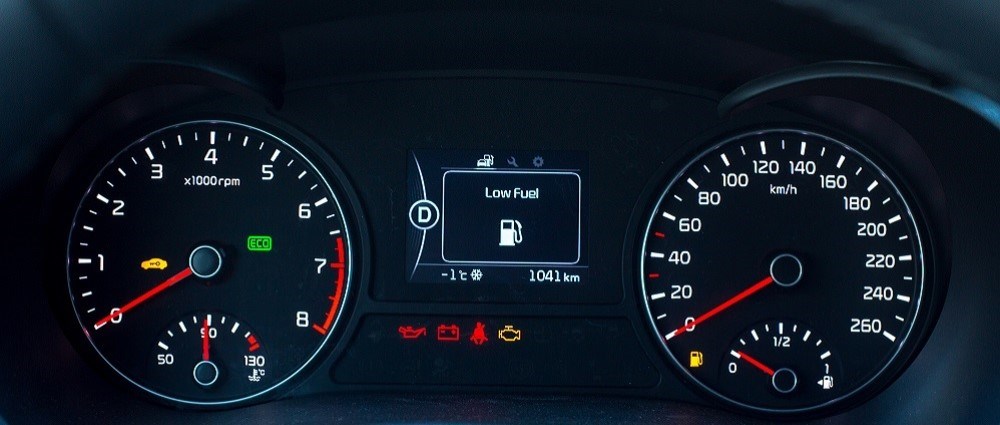Bad driving habits that can damage your car
Bad driving habits that can damage your car
Over time, many drivers develop bad habits without even realising it. You might think they’re harmless, but some of them pose safety risks and may also damage your car.
Here are a few bad habits that you may not be aware of:
Resting your hand on the gear stick
Some drivers don’t keep both hands on the wheel when driving, often resting one hand on the gear stick instead.
As well as being a potentially dangerous way to drive, you may also damage your car by doing this, as you may be applying pressure to the selector fork or other internal parts of the gearbox. Over time, this can mean those components wear out much more quickly than they ordinarily would, and can even lead to noisy gears, or the failure to select the gear properly[1].
Overloading your car
The more you load up your car, the greater the strain that is placed on the brakes and the suspension during your journey[2]. So, if you’re constantly filing the boot with heavy loads, your vehicle may begin to develop issues.
Your manual will outline exactly what your car’s maximum load weight is, and it’s important to stick to that. In fact, overloading your car can even land you a £300 fine and three penalty points on your licence.[3]
Travelling as lightly as possible on all of your journeys can also boost your fuel economy.
Forwards and backwards
It doesn’t matter whether you’re in a manual or an automatic ‒ shifting into reverse before the vehicle has come to a stop is a bad move.
This is obvious in a manual car, as it will make a horrible crunching noise, letting you know that you’ve been too eager to move into reverse.
But it’s also the case in automatics, as shifting into reverse before actually stopping will cause wear and tear on the transmission band[4]. Having work done on an automatic transmission is labour intensive and expensive, so it’s best to avoid it if you can.
Jumping bumps
Slowing down when approaching a speed bump is always a good idea.
Failing to do so isn’t just dangerous, but it could also damage your car’s suspension and tyres[5].
While potholes may not always be as easy to spot, it’s still important that you slow down when approaching them, and avoid them altogether when it’s safe to do so. Otherwise, it’s all too easy to end up with lumps in your tyres, cracked alloys and uneven tracking[6].
Cruising
All drivers know that cruising, or riding the clutch, is a bad habit - this is usually drilled into learners by driving instructors before they actually take their test.
Yet it’s all too easy to slip back into doing it once you’ve been behind the wheel for a while, leaving your foot down on the clutch after changing gear.
But this poor clutch control will speed up the natural wear and tear of your clutch, meaning you need to get it replaced much more frequently than should be the case[7].
Using the wrong gear
Moving between gears properly is important. You may want to sit in a higher gear because you think it will save you fuel, but the truth is that holding off from moving down the gear when the engine needs it will put an unnecessary strain on your engine[8].
Staying in too low a gear is also not a good idea, as you will be able to tell from the moans and groans of your car’s engine.
Braking late
There will be times when harsh braking is hard to avoid, if you have to come to an emergency stop. But the fact is that doing so is not great for the health of your car, as it puts a lot of pressure on your brake pads and discs[9].
As a result, if you can avoid harsh braking except in emergencies, by carefully looking at the road ahead of you to anticipate any potential hazards, it will be far better for your vehicle’s longevity, as well as your safety.
Riding the brake
Keeping your foot on the brake for too long will also damage the braking system, as it causes it to get too hot. This will also accelerate wear and tear.
Instead, it’s a better idea to move down the gears to allow the car to slow itself, using the brake only when necessary[10].
Look at the signs
Modern dashboards have all sorts of icons on them, giving us an insight into the health of our motor. If a warning light comes on, whether it’s because of the fuel level, the tyres or some other issue, it’s crucial that you pay heed to it and get the issue checked.
Continuing to drive with a car which has some sort of issue that’s been flagged up by a warning light is only likely to make that problem worse, damaging the health of your car further and potentially making it more expensive to put right.
If it’s time to upgrade to a new car, Rias is here to help. Start your quote today and see what we could do for you.

